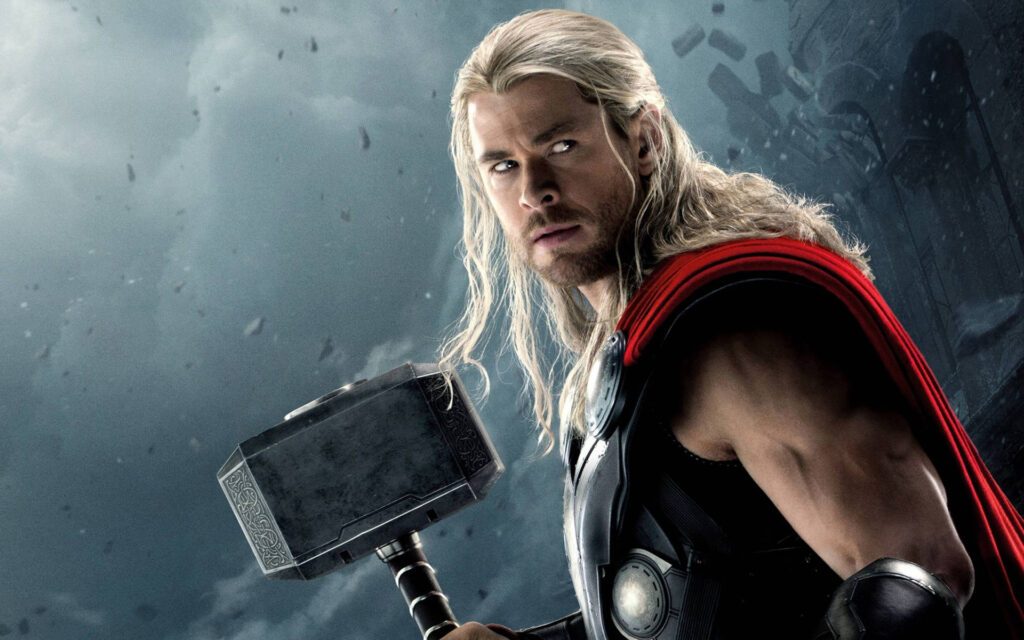
Character Motivation: The Key to Creating Powerful Characters
There are many aspects to creating fictional characters which are important – backstory, flaws, quirks, and relationships, for example.
But if you want to write stories that keep your readers gripped, then there’s one aspect of character creation you really need to make sure you understand and master.
And that’s character motivation.
Motivation is where the character meets the plot.
Nobody wants to read about characters that mooch around doing nothing, or who just react to events that happen around them.
So if you want your character to be active, to be doing something – then they need to have goals. They need to want something. They need to need something.
That’s where motivation comes in.
But in fiction, it’s important to remember that motivation isn’t random, or even primarily born of the character, with no relation to the plot. The explorations of the motivations of your character are what create a given story.
In this article, we’re going to explore the two sides of the character motivation coin (internal and external), provide examples of character motivation for you to use as a jumping-off point, and provide some examples of great character motivations from popular stories.
So let’s start by figuring out what character motivation is.
What is character motivation?

Character motivation can generally be split into two types: External and Internal, and both of these drive the direction of the story.
These are also sometimes called ‘wants’ and ‘needs’.
Your character’s ‘want’ or their ‘external motivation’ is usually a solid, tangible thing that they actively, consciously desire. Something like a new job, or to get married, or to win an Olympic Gold Medal. It could also be something like finding a rare cure for a loved one’s illness or saving the village from destruction.
The ‘need’ or ‘internal motivation’ is something much more intangible, and is the thing that they really require in order to be happy. It usually has something to do with either finding one’s courage or compassion. So it might be forgiving themself or someone else for past transgression. Or it might be finding the strength to stand up to a bully, or to express themselves without fear of judgment.
In essence, the character believes that if they achieve their external goal, then they will be happy. But in reality, even if they achieve it, if they have not addressed their internal need, they will still feel incomplete.
But if they manage to achieve their internal goal, then they will be one step closer to being a truly happy, well-balanced person.
In stories that move us, it’s common that once a character achieves their Internal Motivation, their External Motivation shifts, as they realize they had their priorities wrong. At that point they are offered their External Motivation, the thing they have wanted all along – and they turn it down.
The Mega List of Character Motivations to Help You Write Great Characters
We’ve put together a list of character motivations for you, to get your imaginations pumping, and to inspire your own gripping motivations.
Note that this is a list of general motivations, divided into categories (because if you know much about us, you know we love a good category). In order to make these character motivations really pop, you need to get specific. As you’ll see in our examples from popular stories below, while each of the motivations can be classed under one of these general headings when it comes to your story and your characters, the more specific you can be, the more unique and compelling your story is likely to be.
Internal Motivations

As mentioned above, we believe most internal motivations fall under the heading of either ‘courage’ or ‘compassion’.
Courage
- To stand up to a bullying parent, boss, partner, friend, society, etc
- To overcome the fear of failure and pursue career or hobby dreams
- To be oneself, and be proud, even if the surrounding society is hostile
- To forge one’s own path, rather than meeting unwanted expectations
- To trust others, even after being betrayed
Compassion
- To accept oneself as one is
- To accept the flaws of a loved one and not try to change them
- To forgive oneself for past mistakes
- To forgive someone else for past mistakes
- To put someone else’s needs before one’s own
External Motivations

Escaping danger (may apply to the protagonist or someone/something they care about)
- A killer
- A natural disaster
- Financial ruin
- Being trapped somewhere
- Illness
- Invaders
Winning something in a competition
- A sports competition
- An academic competition
- An artistic competition
- An industry competition
Achieving power and authority
- A new job
- Becoming head of an organization
- Becoming a high-ranking politician
- Becoming rich
Love and Belonging
- To get married
- To have a child
- To join a certain friendship group
- To help a loved one who is struggling
Society
- To win against an unjust society
- To be accepted into a club or society
- Fitting in at school or work, or with own family
Finding something
- Adventure to discover the unknown
- Making a breakthrough discovery
- Finding a lost heirloom with personal sentimental value
- Tracking down a lost historical or mythological artifact
- A kidnapped family member
- A lost civilization
- A lost truth
- Lost family members or ancestry/roots
Dark motivations
- Revenge
- Power over others
- Harming others
- Evading responsibility
- Destruction for its own sake
Great Examples of Character Motivation from Blockbuster Fiction
Thor

Thor wants (external motivation) to be King. What he needs (internal motivation) is to learn compassion and humility.
Legally Blonde
Elle will do anything to get her boyfriend back (external motivation), but what she needs is to realize that she has self-worth as more than just a girlfriend and that she is intelligent, capable, and independent (internal motivation).
Thelma and Louise

Photo Credit: [ The Kobal Collection / MGM/Pathe ]
Toy Story
Woody wants to be Andy’s favorite toy, and the leader of the group (external motivation). He needs to learn to share Andy’s love and to be able to take a back seat sometimes and let someone else take the lead (internal motivation). And to understand that none of this makes him worth any less.
Buzz wants to be an important space explorer, as he was been destined to be (external motivation). He needs to accept that he is actually a toy and embrace the fact that bringing joy to a child is a valid and worthwhile calling (internal motivation).
Little Miss Sunshine
The family travels across the country so Olive can pursue her dream of becoming a beauty queen (external motivation), but what they need is to bond and connect as a family (internal motivation).
Summary

Mastering character motivation is key to creating characters that your readers can root for and care about, and who will take them along on an exciting journey.
Understanding what is driving your character through the story helps keep momentum and gives them agency and action.
If you can go further, understand the difference between internal and external motivation, and put them in conflict in interesting ways, then you’re well on your way toward what Allen Palmer calls a transcendent story.
Good luck!
Unlock your writing potential
If you liked this article by the Novel Factory, then why not try the Novel Factory app for writers?
It includes:
- Plot Templates
- Character Questionnaires
- Writing Guides
- Drag & Drop Plotting Tools
- World Building resources
- Much, much more
